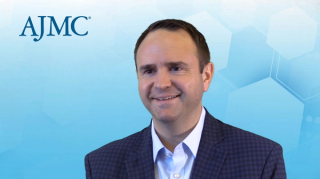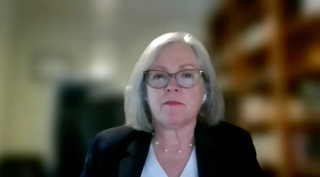
Value-Based Care
Latest News

Latest Videos

CME Content
More News
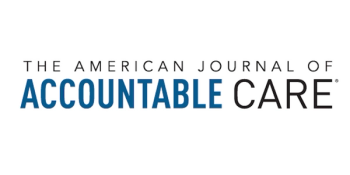
The dilemma of Alzheimer disease in primary care, as well as other health challenges in aging populations, was the focus of a recent Institute for Value-Based Medicine® event in Portland, Oregon.

Researchers investigated outcomes following implementation of remote care that targeted effective control of hypertension, or elevated blood pressure (BP), and cholesterol management.

Population health brings an important lens to both oncology practice and research, said Neil Iyengar, MD, associate attending physician, breast medical service, Memorial Sloan Kettering Cancer Center.

Jim H. Rhodes, deputy county administrator, Camden County, New Jersey, spoke on how his organization’s membership with the Greater Philadelphia Business Coalition on Health (GPBCH) has aided their value-based initiatives in improving health equity in the region.
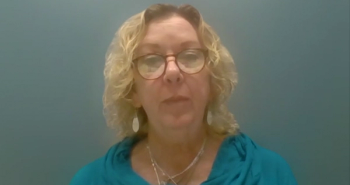
Michelle DeNault, senior benefit analyst, Wawa, spoke on her organization’s membership with the Greater Philadelphia Business Coalition on Health (GPBCH), specifically how tools provided by the Coalition and the Leapfrog Group have improved hospital price transparency for employers and beneficiaries in seeking value-based care services.

Neil Goldfarb, president and CEO of Greater Philadelphia Business Coalition on Health (GPBCH), spoke on the biggest challenges facing GPBCH in advancing health care value, how national organizations are helping drive innovation, and the future role of business coalitions in the health care system.

James Startare, vice president of benefits, Aramark, spoke about the different ways membership with the Greater Philadelphia Business Coalition on Health (GPBCH) has helped his organization.

Neil Goldfarb, president and CEO of Greater Philadelphia Business Coalition on Health (GPBCH), discussed his initial motivations for launching a business coalition 10 years ago in the Greater Philadelphia region and what accomplishments GPBCH has had so far in driving health care value.

The Inflation Reduction Act (IRA) temporarily extended Affordable Care Act premium subsidies and instituted an insulin co-pay cap for Medicare beneficiaries, but bipartisan agreement is needed to make these changes permanent and more broadly applicable, explained A. Mark Fendrick, MD.

Most implementations of value-based insurance design (VBID) in commercial markets involve prescription drugs, but some plans are beginning to incorporate cost-sharing offsets, said A. Mark Fendrick, MD, co–editor in chief of The American Journal of Managed Care® and director of the Center for Value-Based Insurance Design at the University of Michigan.

The concluding keynote address at the Academy of Managed Care Pharmacy Nexus 2022 meeting discussed new and emerging oncology drugs in the pipeline and their potential impact on the treatment landscape as it pertains to managed care providers.

Patients have to always come first, and technology can enhance their care experience, stated Anne Marie F. Rainey, MSN, RN, CHC, director of quality and value-based care at Clearview Cancer Institute.

On day 1 of this year’s Association of Community Cancer Centers’ (ACCC) National Oncology Conference, The American Journal of Managed Care® sat down for a conversation with David Penberthy, MD, MBA, ACCC’s president for the 2022-2023 term, and his brother Scott Penberthy, PhD, MS, director, Applied AI, Office of the CTO, at Google.

There have been many silver linings of the pandemic, including improvements in financial, operational, and clinical advancement efficiencies, as well as addressing the total cost of care in population health management, said Mike Koroscik, MBA, MHA, vice president of oncology, Allina Health and the Allina Health Cancer Institute.

The Inflation Reduction Act (IRA) contains provisions allowing Medicare to negotiate net prices for prescription drugs, but it remains to be seen whether this will translate into savings for beneficiaries, explained A. Mark Fendrick, MD, co–editor in chief of The American Journal of Managed Care® and director of the V-BID Center at the University of Michigan.

Much of artificial intelligence (AI) is now being used in the more mundane areas of health care, figuring out where to be most helpful, so doctors can do what they do best, which is diagnostic care, noted Scott Penberthy, PhD, MS, director, Applied AI, Office of the CTO, at Google.

Two stakeholders from Avalere Health discuss the utility of patient-centric value frameworks for equitable health care delivery, as well as challenges and strategies regarding its implementation at Academy of Managed Care Pharmacy Nexus 2022.

The annual fall meeting of AMCP Nexus 2022 will feature a keynote from one of the top physician-executives in health care, the specialty pharmaceutical pipeline, and insights for managed care stakeholders in selecting and integrating cost-effective, value-based care frameworks.

Congress should build on the value-based insurance design (VBID) elements included in the Inflation Reduction Act to further alleviate the burden of health care costs on Americans, said A. Mark Fendrick, MD, co–editor in chief of The American Journal of Managed Care® and director of the V-BID Center at the University of Michigan.

Continuing the race adjustment factors maintains health care disparities, the authors noted.

Electrochemotherapy in basal cell carcinoma (BCC) was evaluated for its utilization practicality, efficacy, and safety, as well as factors that may predict disease response to the treatment.

Tom Robinson, vice president of global access at JDRF, explains how to navigate the Type 1 Diabetes (T1D) Index and what data can be pulled from it.
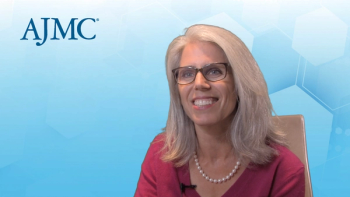
With multiple pathways and stakeholders involved, there needs to be an arbiter who decides what is the highest quality and highest value care in oncology, said Lucy Langer, MD, MSHS, national medical director, oncology and genomics, UnitedHealthcare.

Elements inspired by the principles of value-based insurance design (VBID) were incorporated into the recently signed Inflation Reduction Act, which could help reduce costs of care for patients, according to A. Mark Fendrick, MD, co–editor in chief of The American Journal of Managed Care® and director of the V-BID Center at the University of Michigan.

Outcomes following a heart attack, or myocardial infarction (MI), were assessed among a large patient population in Ontario, Canada.




